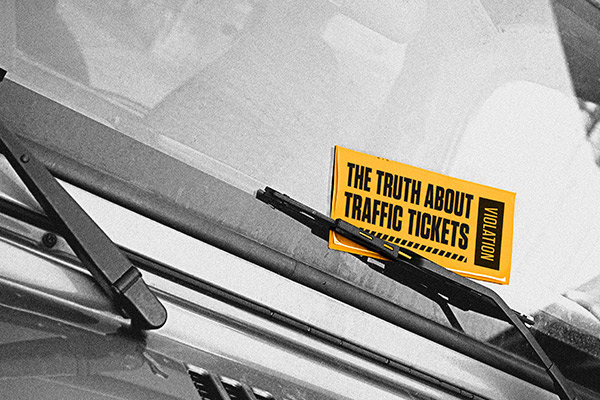While no driver ever wants to get pulled over, citations may be part of the solution to combating traffic fatalities. “Tickets and red-light cameras work,” says Jonathan Adkins, executive director of the Governors Highway Safety Association (GHSA). “You get a ticket, it ruins your day. You tell everyone, and it helps change behavior,” he explains.
That’s important, because Wayne Ziese, law enforcement liaison for the California Office of Traffic Safety, says the most likely factors behind collisions are behavioral—driving at an unsafe speed for conditions and driving while distracted, to be specific.
“People don’t think of speeding the way that they think about some other hazardous driving behaviors,” says Robert L. Sumwalt, Chairman of the National Transportation Safety Board. “Unlike other crash factors such as alcohol impairment or unbelted occupants, speeding has few negative social consequences associated with it, and does not have a leader campaigning to increase public awareness about the issue at a national level.”
By The Numbers
Speeding:
- Speed was a factor in 32% of fatal crashes that involved teen drivers in 2016 and 26% of all traffic fatalities in 2017, according to NHTSA.
- A self-reported 83% of drivers believe speeding is a safety concern, yet 64% say they are comfortable speeding, according to the National Safety Council (NSC).
- More than 50% of drivers reported driving 15 mph over the speed limit on a freeway and 47.6% reported driving 10 mph over the speed limit on a residential street, according to this 2017 study.
- A pedestrian hit by a vehicle traveling 20 mph has a 5% chance of fatality. This increases to 45% at 30 mph, and 85% at 40 mph, according to NHTSA. Pedestrians account for the largest proportion of traffic fatalities recorded in the past 25 years; in 2017, 5,984 pedestrians were killed in motor vehicle crashes in the U.S., according to GHSA.
Distracted Driving:
- At any moment during the day, an estimated 542,000 drivers around the country are using handheld cell phones, according to NHTSA.
- An estimated 4 million out of the 11 million crashes that occur in the U.S. annually involve some level of distraction, according to this study.
Red-Light Running:
- Red light cameras reduced the rate of fatal crashes involving red-light running by 21% and the overall rate of fatal crashes at signalized intersections by 14%, according to a study by the Insurance Institute for Highway Safety (IIHS).
Seatbelts:
- Seatbelt use reduces the risk of fatal injury to drivers and passengers by 45-60%, according to the IIHS.
- Currently, 34 states plus the District of Columbia have “primary enforcement” laws, meaning a police officer can stop and cite a motorist solely for not using a seatbelt. States that went from “secondary enforcement” (where an officer can only issue a seatbelt citation if they’re pulling the motorist over for another violation first), to “primary enforcement” saw a 14% increase in observed seatbelt use, according to this study.
The bottom line? The best way to avoid getting a traffic ticket (and more importantly to avoid potentially fatal accidents) is to buckle up, drive at a safe speed, obey the traffic laws, and minimize distractions. (Take our distracted driving quiz to test your knowledge!)
Need to brush up on your safe-driving skills? You could earn an insurance discount if you take a defensive driving class. See all the ways you could save at GEICO’s discounts page.
Next article: 5 Ways To Be A Defensive Driver
By K. Bothwell
